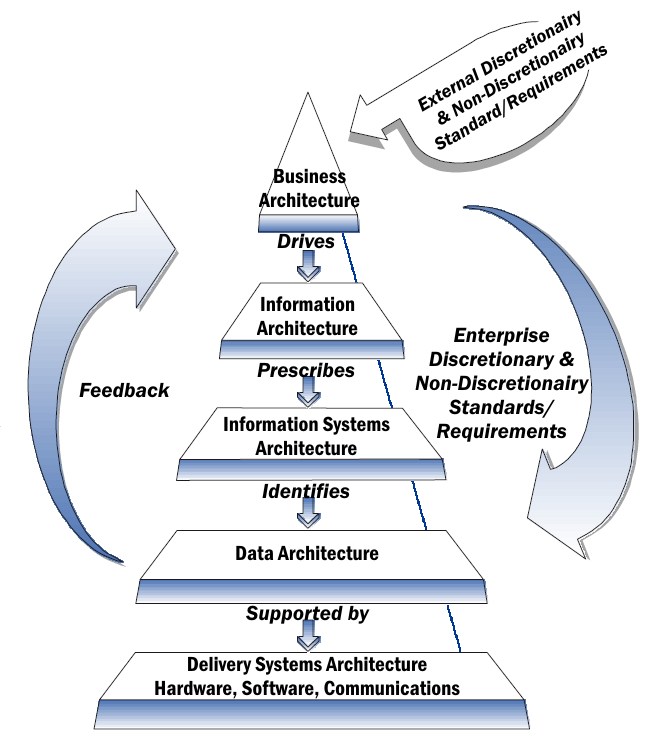enterprise architecture
now browsing by tag
Business continuity management – how to model it

Business Continuity Management (BCM) projects are really difficult . The main reason is the system complexity: many documents, many tasks, many processes, many associations between all of them. Each task connected to one or more business application. Each documents stored in different database. The applications are integrated. Everything works like one chain ? but one broken link can crash everything .
How we can managing risks? We can create Business Architecture model and expand this up to Enterprise Architecture, as a model for trace process, data, IT system and infrastructure.

How we prepare Enterprise Architecture model? Simple version: prepare business model :

Transform this to use case model (application services) :

Build matrix for trace mapping control :

Trace (map) use case to software components :

We have completed model, we can do impact analysis, e.g. what happens and where, when the Ruter go down:

Sometimes we ask: what does the possibility of carrying out the Package Goods task depend on?

How can we do this and what tools do we need? Welcome in my courses, hire me …
